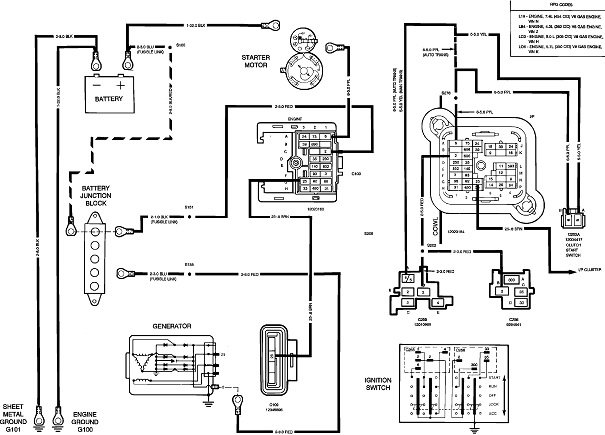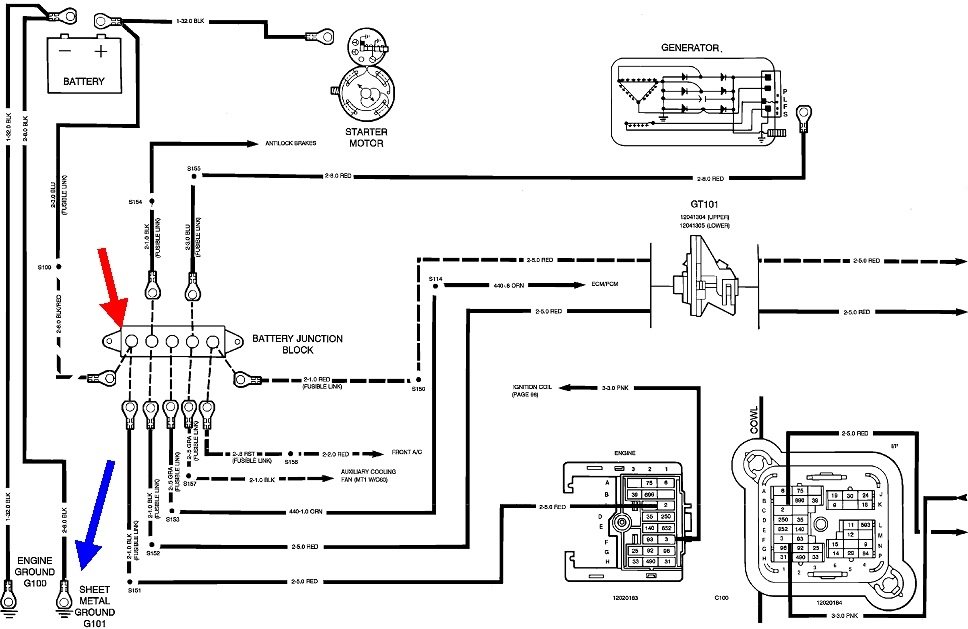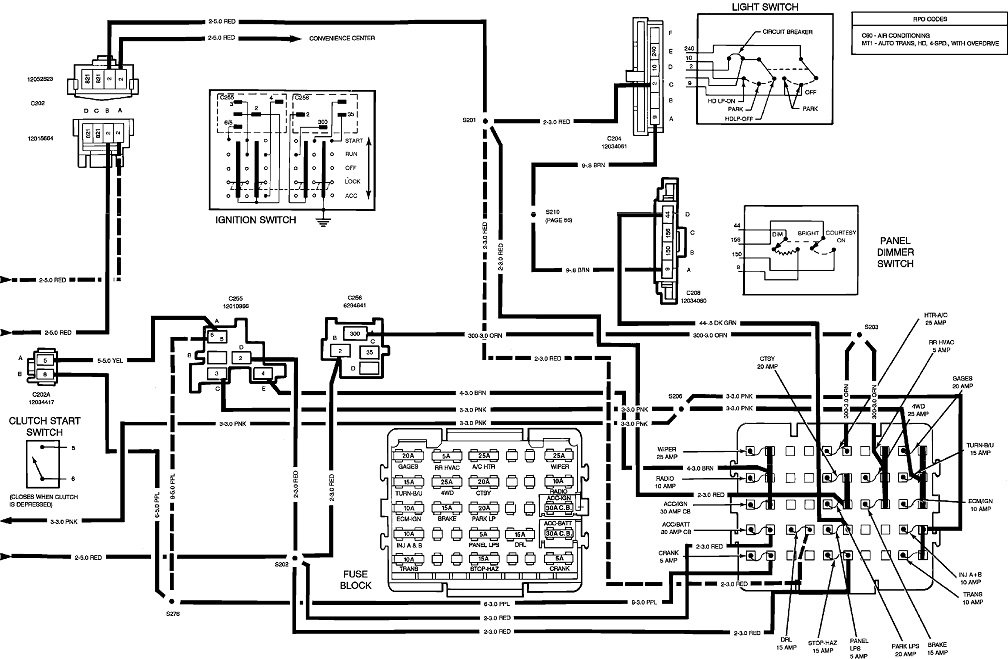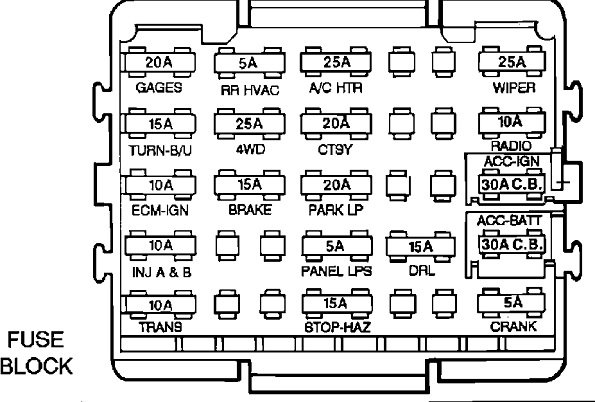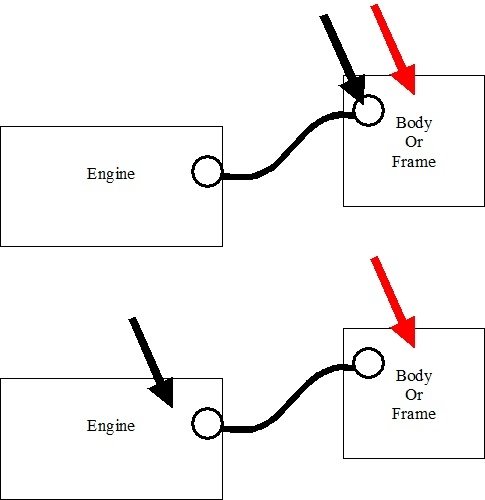Your understanding is absolutely correct, ... When there's no defect in the circuit. We're looking for a defect, and we see the evidence of that by the undesired voltage drop.
Perhaps, instead of thinking in terms of 12 volts in a positive side and 0 volts in the negative side, consider that every electrical circuit is one giant path from the positive battery post to the negative one. Ignore arguments from experts who insist current leaves the negative post. That's true, the negatively-charged electrons do leave there, but most of us are more comfortable starting at the positive post. Current leaves there, goes through wires, splices, connector terminals, fuses, switches, sheet metal, and more wires, then comes back to the negative battery post. As far as the electron is concerned, he doesn't know or care what the starting or ending point is. All he knows is he's going round and round like a car on the race track.
The important point is if the battery develops 12 volts, all of that has to be used up in the circuit. If, for example, a switch is turned off, all of that 12 volts will be used up, or dropped, across the switch contacts, leaving 0.00 volts to be split up among everything else in the circuit. In Electronics class, we prove that with a series of Ohm's Law formulas, but that's not necessary here.
When the switch is turned on, current will start to flow, but again, all of that 12 volts has to be used up somewhere. Ideally it will all be used up across the fan motor or light bulb, leaving 0.00 volts to be wasted everywhere else, but that isn't reality. All wires have some resistance, and current flow though a resistance results in a corresponding voltage being dropped across it. The smaller the wire's diameter, and the longer its length, the more resistance it's going to have. Any mechanical connection has some resistance that restricts current flow. Those include two mating terminals in a connector, arced switch or relay contacts, and terminals bolted to a fuse box or bolted to body sheet metal. Every one of those connections is supposed to have 0 ohms and therefore, 0.0 volts dropped across them when current is flowing through them. Since in reality there is always some resistance, there is always going to be some voltage drop. When you add up all those voltage drops across all the wires, terminals, switches, etc, they're going to total exactly what you started with at the battery.
All of those voltage drops are unavoidable and normal, but when one develops too much resistance is when the circuit stops working correctly. That undesirable resistance is usually too small to be measured directly with any kind of accuracy, but we can easily measure the results of that resistance with voltage drop readings. As I started to point out, we typically measure the voltage at a point, then at another point nearby, then calculate the difference to determine if the drop is excessive. Current flow can drop over time, especially when running a very high-current starter motor, so in that case, when you take your second voltage reading, battery voltage has dropped a little, making the second reading lower even when it would have been the same as the first one. That's one variable that is avoided when performing voltage drop tests. The second variable is to read a pair of voltages in a 12-volt circuit, most digital voltmeters use ranges of multiples of "2", meaning you have to use the 20-volt scale. On that range, the meter will read any voltage up to 19.9 volts, but with only one or perhaps two places of accuracy after the decimal point. Very often we're going to find the objectionable voltage drop is in the range of hundredths of a volt. There's no way to get that kind of accuracy on the 20-volt scale.
Instead of measuring at two points at two different times, and getting two voltages that are rounded to the point of losing the accuracy, those problems are avoided with the voltage drop test. The meter's probes are at the two points in the circuit, and neither one is placed on what we normally use as the reference point, meaning ground. Instead of calculating the difference in the two readings, this test takes the reading directly, and we're able to switch to the 2-volt range to get another decimal place of accuracy. The ground tests you're asking to do are being done on the ground connections, but not in relation to ground.
Think of the race car going around and around on the circle track. The starting line is right in the middle of the front stretch. From that point on, the car is leaving, just like current is leaving the battery. The positive side of the race track goes all the way to the middle of the back stretch. From there on, it's on the negative, or return side until it comes back to the starting line. You could measure the length of the track, the time it takes to make one lap, then calculate how fast the car went. Suppose that comes out to be 70 mph. That means the car went 70 mph in the front stretch, and 70 mph through the corners. You know that's not right. The driver had to slow down through the corners. If you wanted to know how fast he went through the corner, you would do a spot-check at that point with two timing devices placed a few feet apart. Think of those as your voltmeter probes. Speed isn't being measured in relation to a common reference, the starting line. It's being measure between two points. Your voltage tests have nothing to do with ground as the reference. You're measuring the change, or drop in voltage at a point in the circuit, and that point happens to be the ground terminal. In this case, your timing devices on the race track are at the starting line. That's a coincidence, not a requirement.
Another way to look at this is the race car takes 30 seconds to go around the track, and that 30 seconds is used up over the entire track. If you measure the amount of time it takes to travel 100 feet through the back stretch, ideally you'd love that to be 0.0 seconds, but you know that is unrealistic. There's going to be some time elapsed, and some time elapsed as the car crosses the third turn, and more time for the fourth turn, etc. All of those individual times will add up to 30 seconds. During time trials, the driver is looking for places where the time through some small stretch is too long, then he looks for ways to solve that. It doesn't matter if it's on the "positive side" leaving the starting line, or on the "negative side" approaching the starting line. Wherever it is, his time is too long in that spot. Likewise, it doesn't matter which half of the circuit you're in, you're going to find an excessive voltage drop at the point where there's too much resistance.
If I have you thoroughly confused, let me refer to basic electrical theory. Current flow through a circuit is like the water flow through a garden hose. Resistance reduces current flow just like you create resistance to water flow by standing on the hose. You always use up all of the water pressure you started with at the faucet. That leaves you with 0 psi after the nozzle. You always use up the voltage you started with at the battery.
You want that voltage used up to be across the motor or light bulb, not anywhere else. Voltage, current, and resistance are related through very strict, but simple mathematical formulas, but luckily, our job rarely requires us to do those calculations. Instead, it is sufficient for us to understand if you stand on the garden hose, water flow is going to go down. If you stand on the hose when water is flowing, there is going to be higher pressure on one side of your foot, and less pressure on the other side. You could measure both of those pressures, then calculate how much you're losing across your foot, or you could connect a gauge between both sides of your foot and read the loss directly.
In our world, it is sufficient to know that if resistance goes up, current flow goes down. And, ... When current flows through a resistance, it results in voltage being dropped across it, and that voltage can be measured. You're measuring speed at one spot on the race track, but I haven't made any reference to the starting line. It's not part of the story or the calculations. On your vehicle, you want to measure on the ground connections, which is valid, but where you're confusing the issue is you're measuring speed in turn four, on the "ground" or return side, and you're thinking a problem there is due to a defect in turn two. They're both part of the race track, or entire circuit, not related to each other in that way.
Friday, January 10th, 2020 AT 4:02 PM
